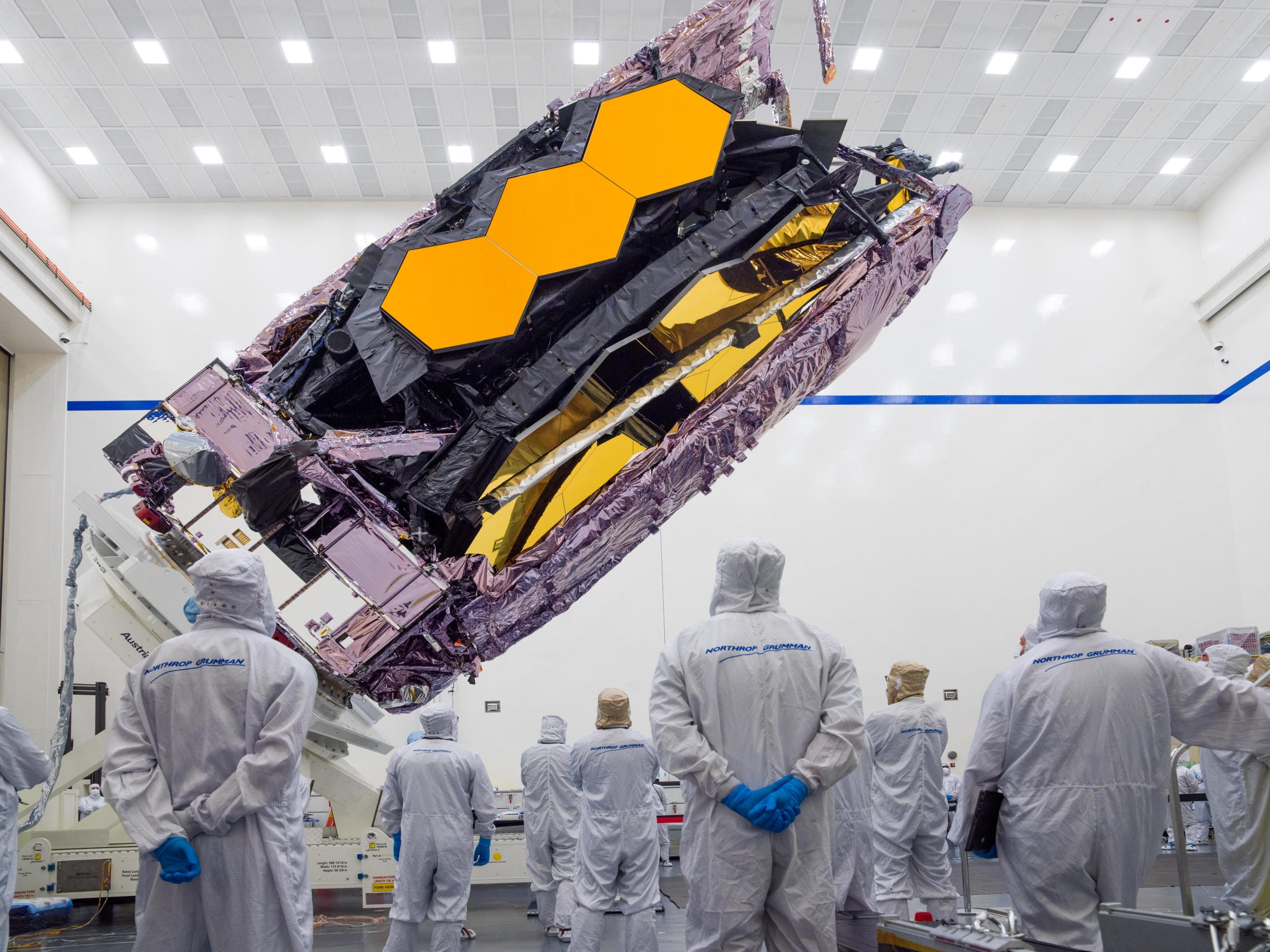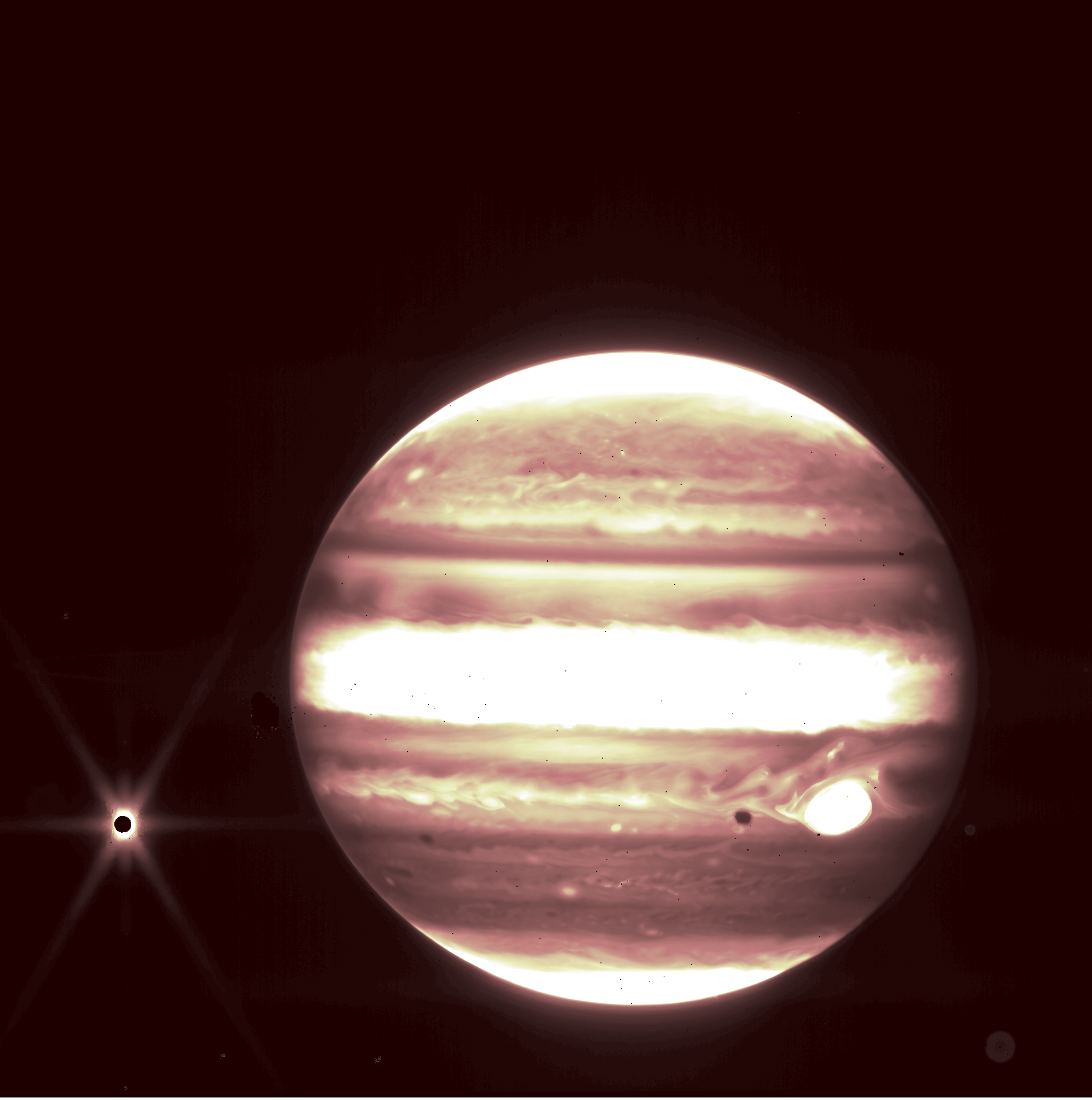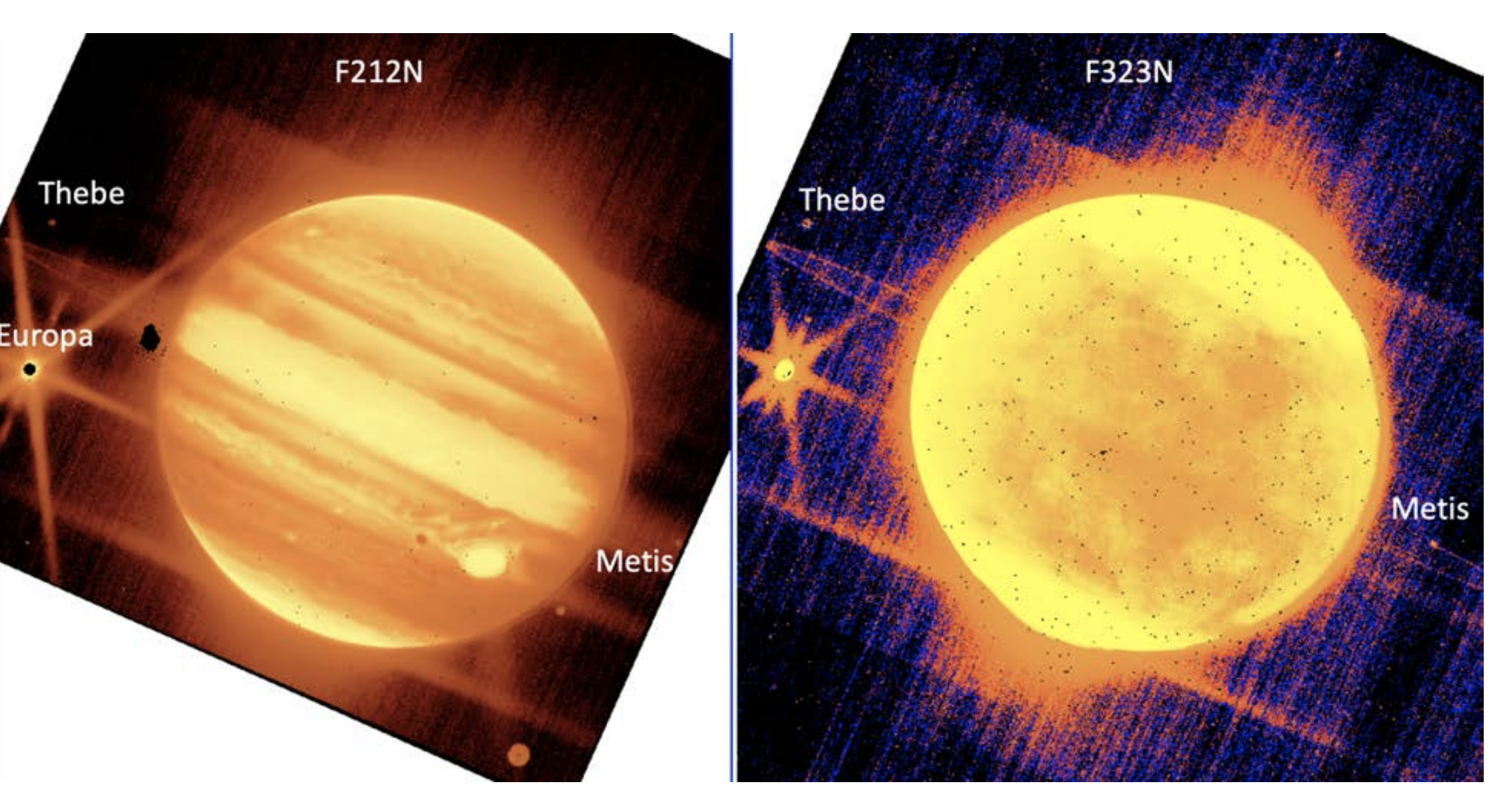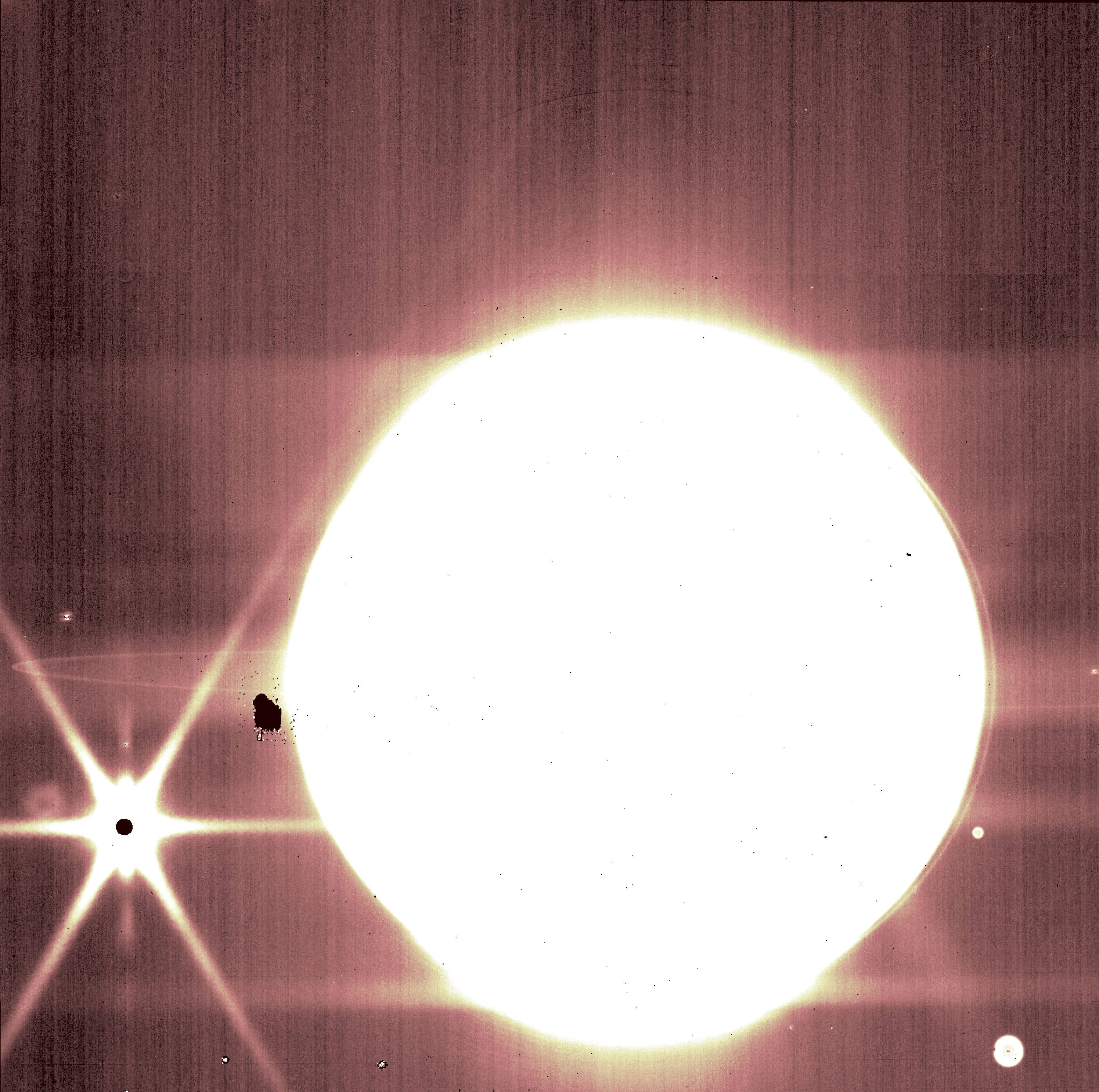
Ian Patrick, FISM News
[elfsight_social_share_buttons id=”1″]
The recently unveiled James Webb Space Telescope, which gave us photos of distant galaxies and aims to provide more infrared imaging of space, has also given us new photos of the nearby gas giant Jupiter.
The Webb Telescope took photos of the fifth planet from the sun before its mission began, during its commissioning period when its instruments were being tested. According to a blog on NASA’s website, the data from this period shows how the Webb Telescope is able “to track solar system targets and produce images and spectra with unprecedented detail.”
Taken using the Telescope’s NIRCam instrument’s short-wavelength filter, the photos show Jupiter through different filters. They even captured the nearby moon of Europa and its shadow, which can be seen just to the left of Jupiter’s Great Red Spot.
The moons Thebe and Metis can be seen in some of these images, as well as a few of Jupiter’s rings.
For comparison, here are photos of Jupiter taken by the Hubble Telescope compared to the new one taken by the Webb Telescope:
Ultraviolet ➡️ Visible ➡️ Infrared
Different wavelengths mean different views! Hubble’s ultraviolet & visible images offer insight into Jupiter’s atmospheric changes and colors.
@NASAWebb’s infrared view was taken to test its instruments during commissioning ⬇️ pic.twitter.com/onZSKp6ojv— Hubble (@NASAHubble) July 15, 2022
Bryan Holler, a scientist at the Space Telescope Science Institute in Baltimore, said these images combined with the previously released images of distant galaxies “demonstrate the full grasp of what Webb can observe, from the faintest, most distant observable galaxies to planets in our own cosmic backyard that you can see with the naked eye from your actual backyard.”
Stefanie Milam, Webb’s deputy project scientist for planetary science based at NASA’s Goddard Space Flight Center in Greenbelt, Maryland, said she “couldn’t believe” the clarity of the photos. “It’s really exciting to think of the capability and opportunity that we have for observing these kinds of objects in our solar system,” she said.
Milam especially noted the presence of Jupiter’s rings in these photos, saying it is “absolutely astonishing and amazing” that they showed up in the images at all.
John Stansberry, observatory scientist and NIRCam commissioning lead at the Space Telescope Science Institute, said the inclusion of “additional information” in these photos, such as the moons and rings, “was absolutely a very pleasant surprise” given the minute-long exposure times for each photo.
Webb was designed to track any object that moves 30 milliarcseconds per second, which is about how fast Mars moves in space. The telescope was able to track objects going about twice that speed, such as asteroids. “Everything worked brilliantly,” Milam reported.
The NASA blog states that these images are particularly exciting for scientists because it proves that the Webb Telescope “can observe the satellites and rings near bright solar system objects such as Jupiter, Saturn, and Mars.” In fact, Webb will be used to observe the moons of Europa and Saturn’s Enceladus for any expulsion of “plumes of material.”



